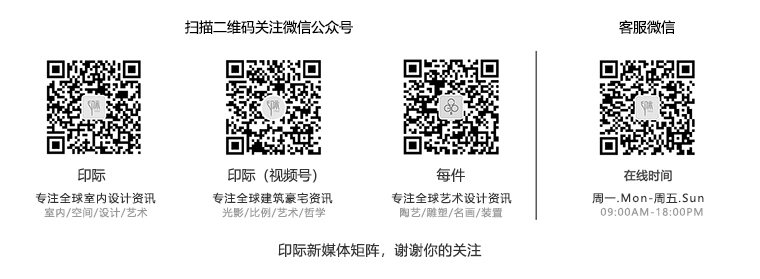Yoshio Taniguchi, a contemporary Japanese architect, was born in 1937. His father, Yoshiro Taniguchi (1904-1979), was also a well-known architect in Japan. Taniguchi did not major in architecture at university, but majored in mechanical engineering at Keio University. After graduation in 1960, he often participated in the discussions between his father and his architect friends. Gradually he became interested in architecture, so he went abroad to study design and research at Harvard University.
Taniguchi briefly worked for the German architect Walter Gropius, who later became an important influence on him. Between 1964 and 1972, he worked for modernist architect Kenzo Tashita's studio. He set up his own architecture office in 1975 and has since worked with such notable names as Isamu Noguchi, Peter Walker and Genichiro Inokuma.
Taniguchi's architectural works have a very strong square cutting style, often large glass or thin structure, the shape is quite simple, the most famous of which are almost all Japanese museums or art galleries, including the new National Museum of Kyoto, the new Museum of Modern Art in New York, the Toyota City Museum of Art and so on.
When confronted with Oriental creativity, people often do not take a cool, rational, curious view, but tend to attribute the aesthetic effects they see to some mystical spiritual force -- whether they call it Zen, Tao, Yin or Yang -- that exists in Eastern culture. This mystical awe is particularly strongly appealed to when visiting buildings designed by Yoshio Taniguchi. His work has a sense of subtlety, suggesting a hidden depth.
-
5.02021-04-12
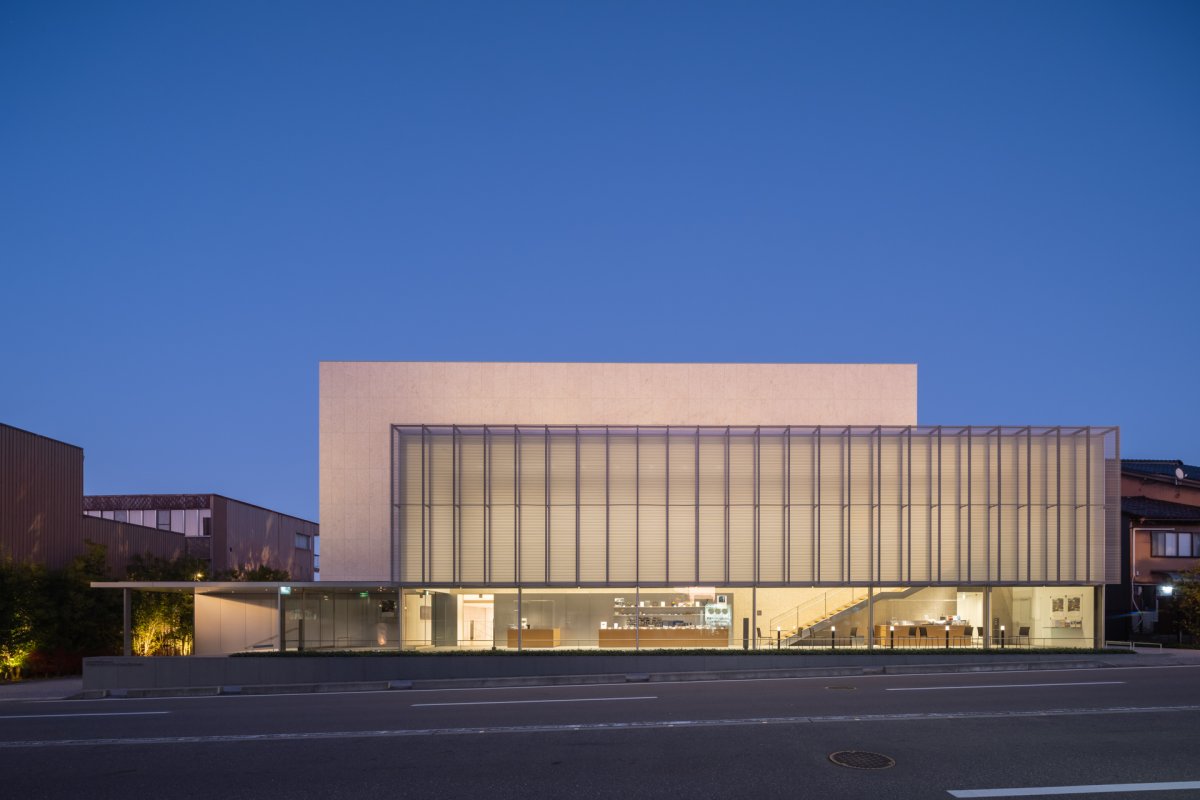
金沢建筑館
-
5.02021-04-12
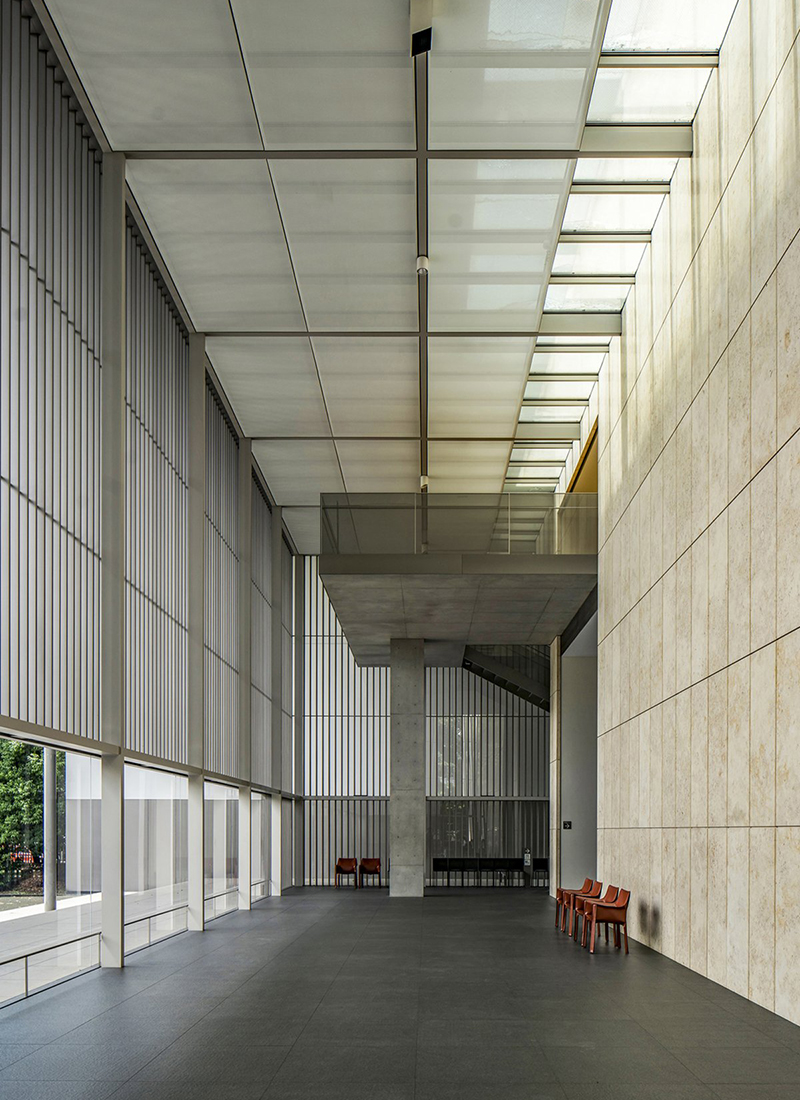
法隆寺博物馆
-
5.02021-04-12
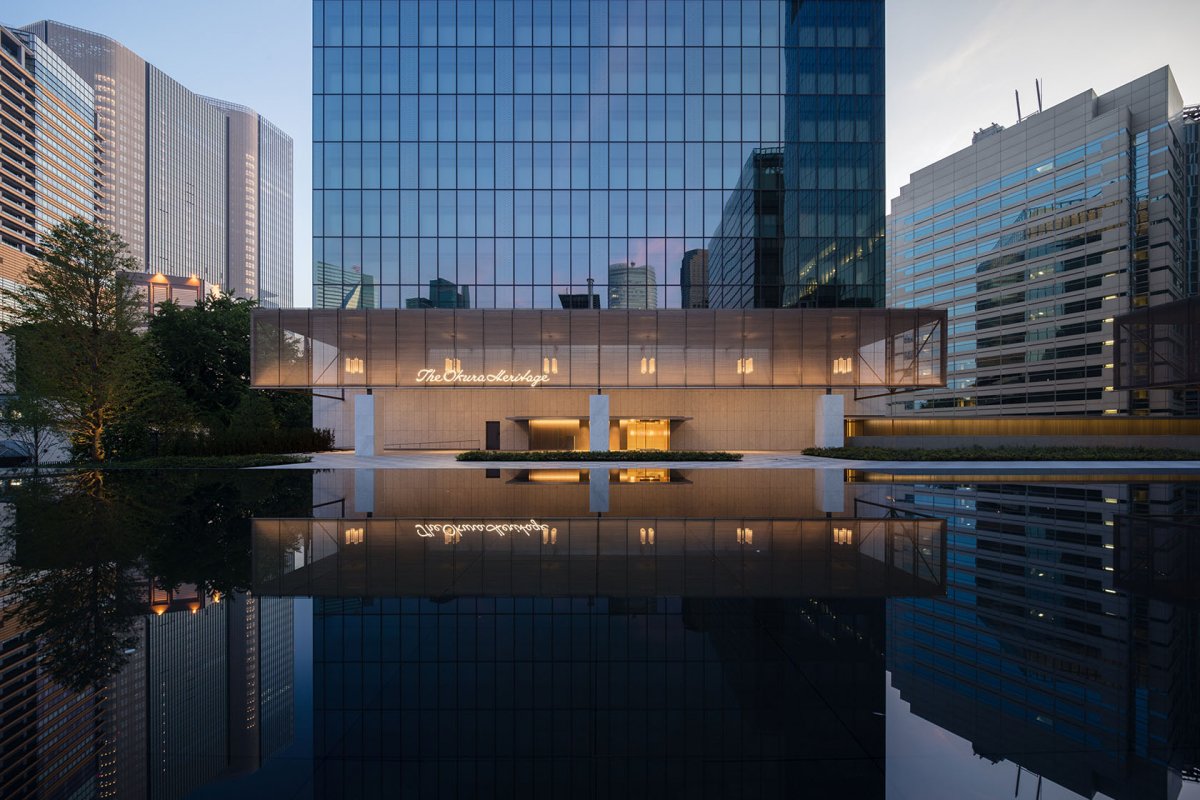
东京大仓饭店
-
5.02021-04-12
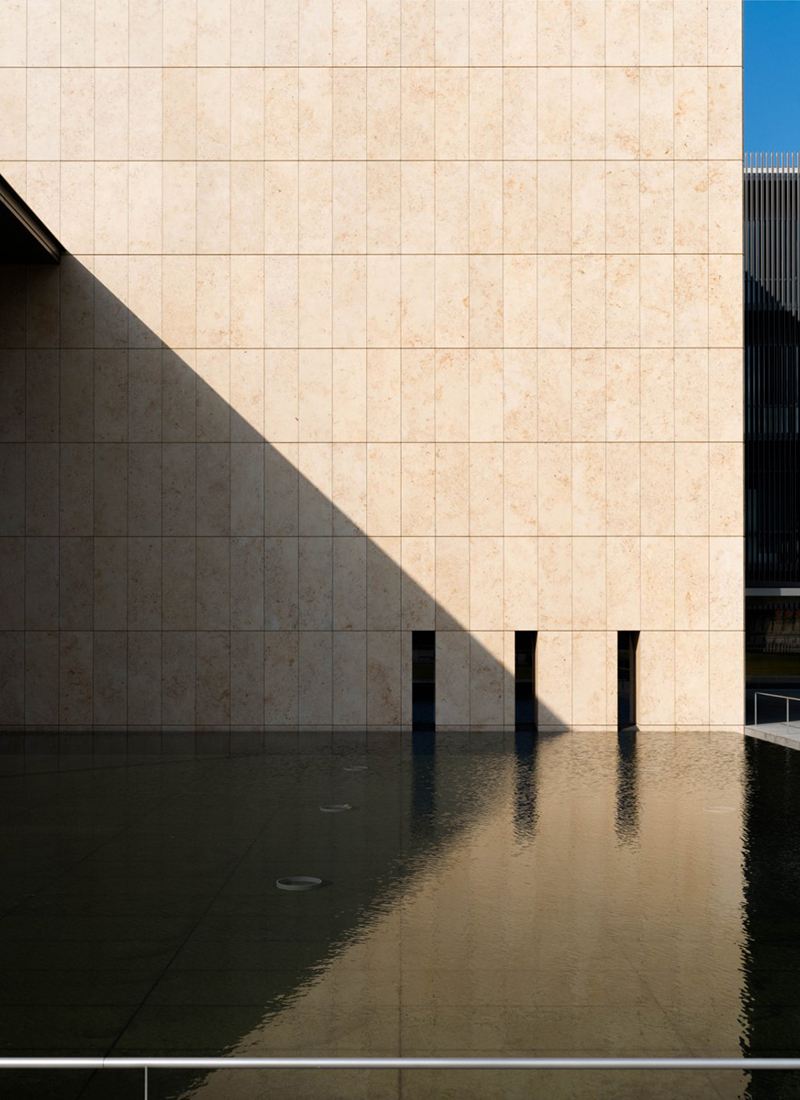
京都国立博物馆
-
5.02021-04-12
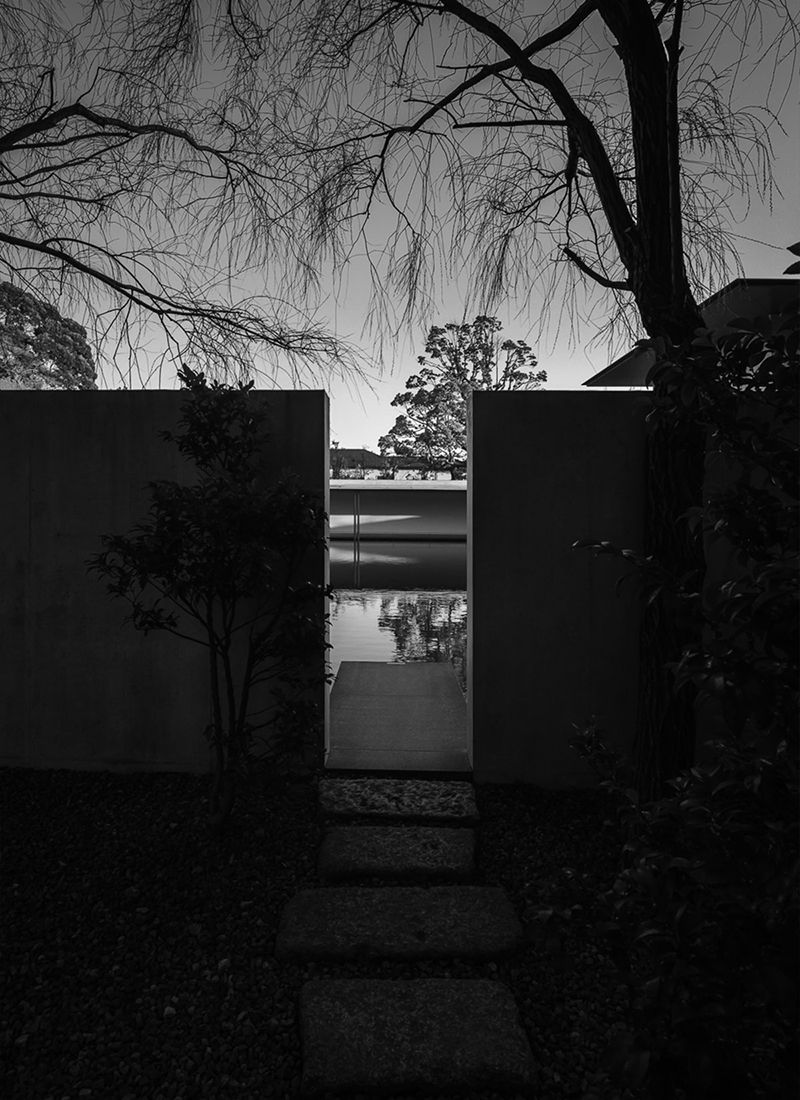
鈴木大拙館
-
5.02021-04-12
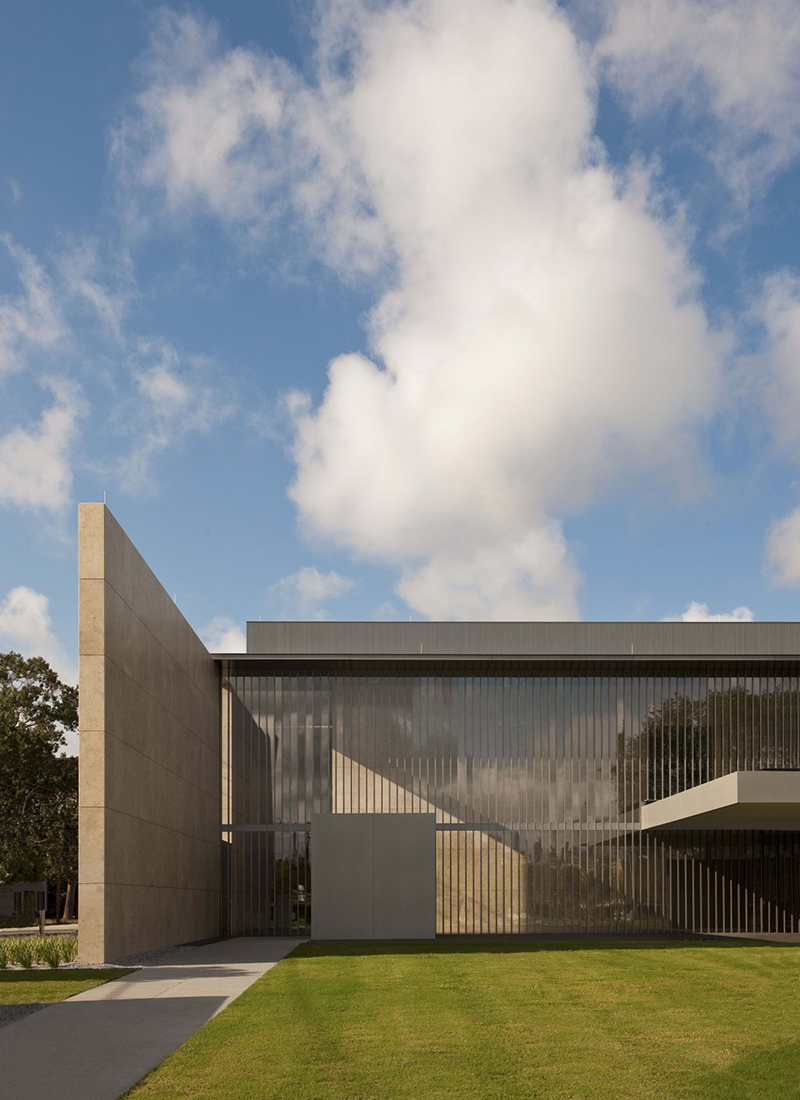
亚洲社会得克萨斯中心
-
5.02021-04-12
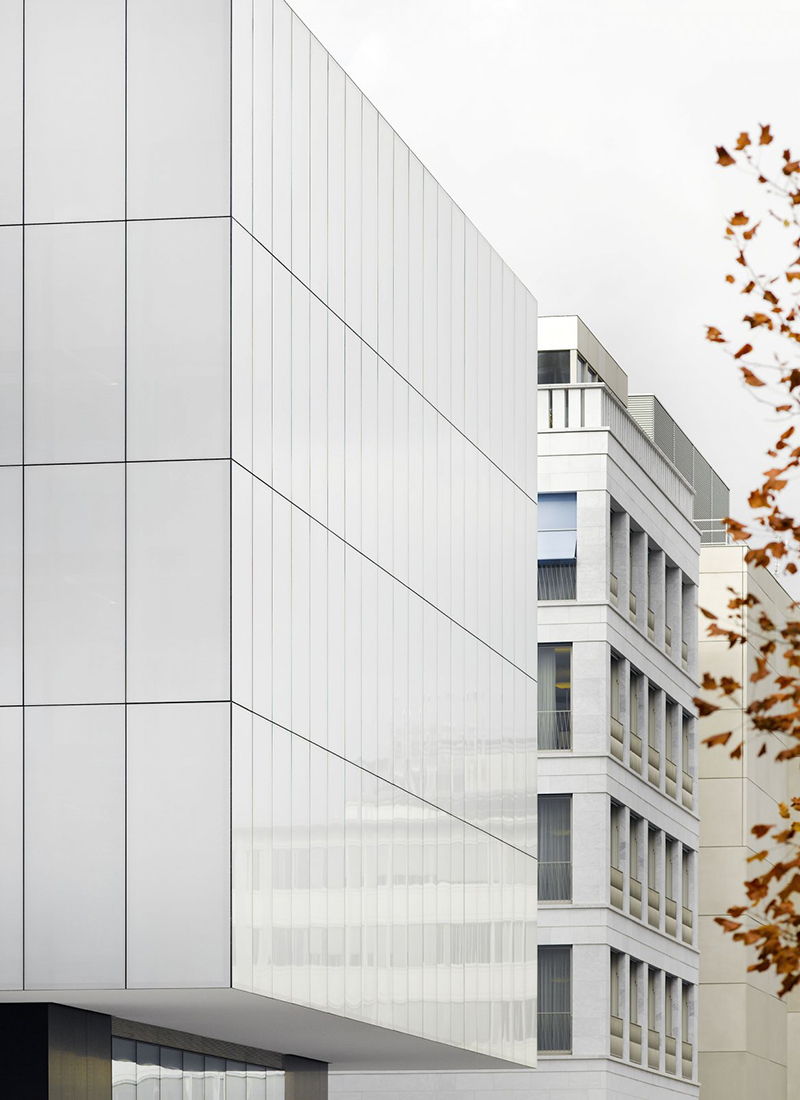
Novartis Campus Basilea
-
5.02021-04-12
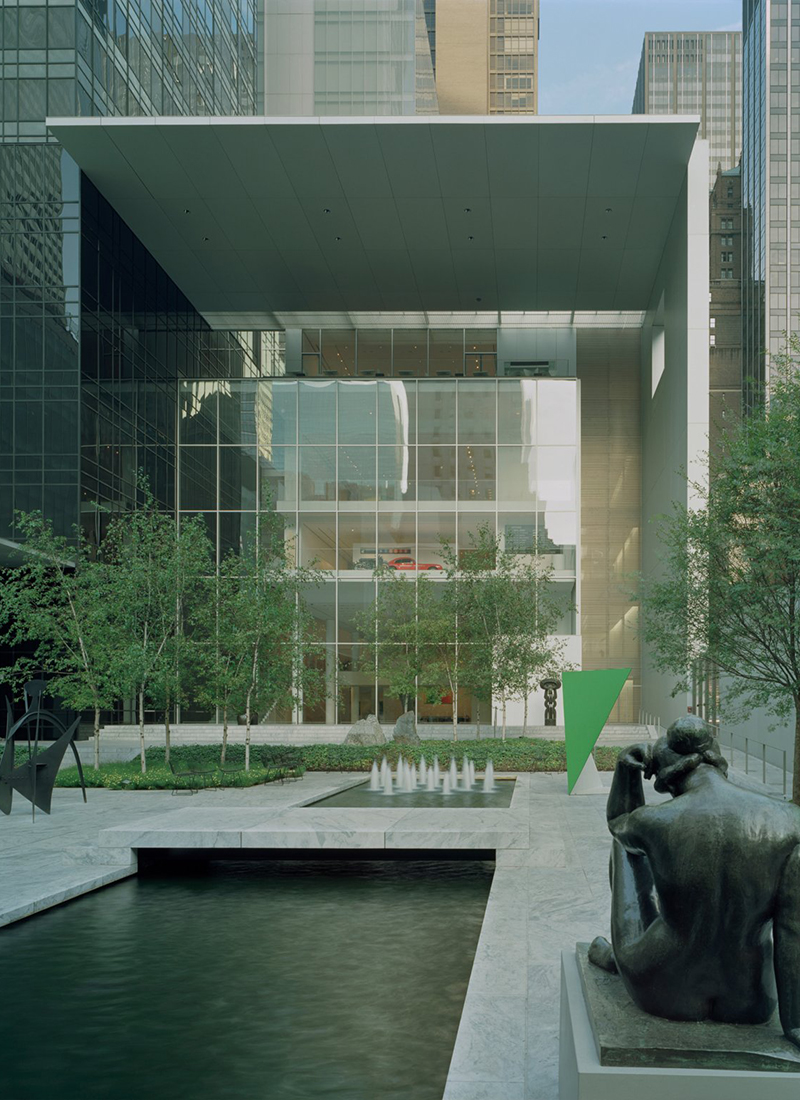
纽约现代艺术博物馆











